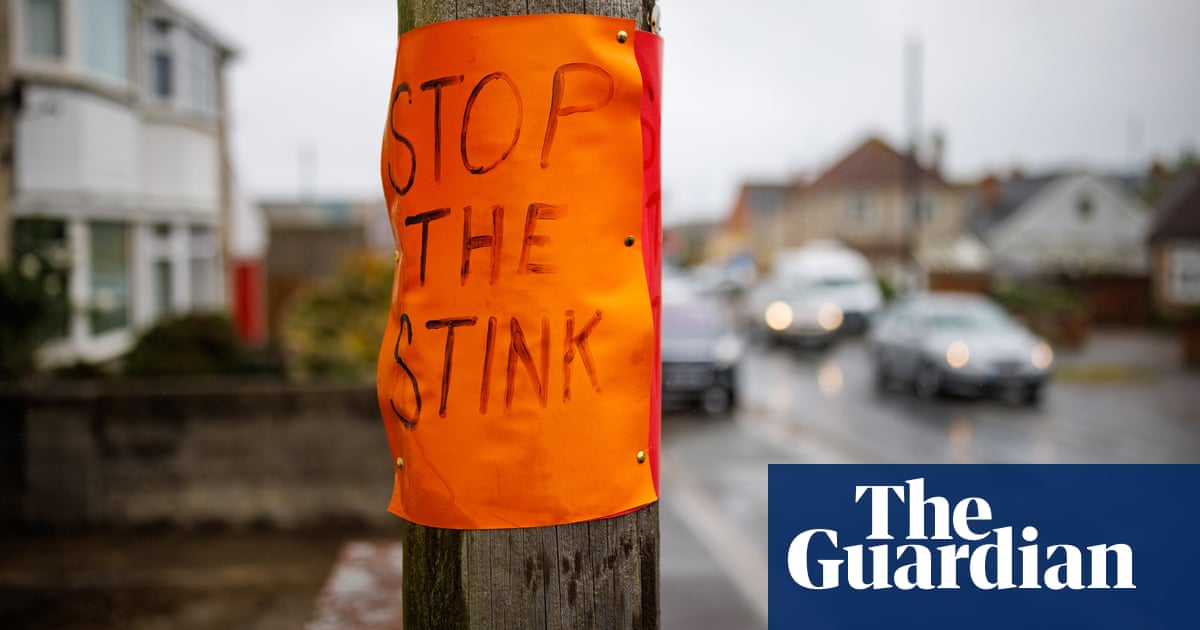
For decades, the overwhelming majority of the Iranian people have hoped they could change the theocratic establishment from within — peacefully. But the latest social and political developments reveal that their hopes have been dashed.
One of the methods many Iranians used in an attempt to alter the Iranian regime peacefully was voting in presidential elections, even though they knew that the Guardian Council disqualified many candidates. A large number of people would still go to the ballot box to prevent the regime’s favored candidate — a hard-liner or someone affiliated with the Islamic Revolutionary Guard Corps (IRGC) — from becoming president. They also hoped that a pragmatist, moderate or reformist candidate would fulfill his promises, bring fundamental change, and address people’s grievances.
People first tried to change the system in 1989 by voting for Akbar Hashemi Rafsanjani, who campaigned on the ideas of privatization and prioritizing the economic interests of the country over the revolutionary principles of the Islamic Republic. But during his eight years in power, Rafsanjani only consolidated the power of the ruling clerics, suppressed oppositional groups, and supported the export of Iran’s revolution abroad through its military institutions.
Next came the victory of Mohammed Khatami in 1997. Voter turnout that year was remarkable, at just under 80 percent, with Khatami receiving nearly 70 percent of the votes. He saw off competition from hard-line candidates including the regime’s choice, Ali Akbar Nategh-Nouri. Many people were excited by his victory, since he had called for democracy, dialogue among civilizations, the rule of law, and respect for human rights. But after Khatami’s two terms as president, people did not witness any political changes. Instead, the IRGC, the Basij paramilitary group and the regime’s security forces ratcheted up their suppression.
But still people did not give up and they rallied behind the reformist Mir-Hossein Mousavi as he went up against Mahmoud Ahmadinejad in 2009. Voter turnout was about 84 percent, but many people believe the election was rigged, as Ahmadinejad was declared the winner with 62 percent of the votes. This led to nationwide protests against the ruling establishment — the first of their kind since the founding of the Islamic Republic.
Turnout this month was just 48.8 percent, demonstrating the strength of feeling against the vote.
Dr. Majid Rafizadeh
Iranians also went to the polls in large numbers in 2013 and 2017 to elect the so-called moderate Hassan Rouhani and prevent hard-liners from assuming the presidential office. Turnout was about 73 percent in both years. Many people thought Rouhani would alter Iran’s policies and improve their rights, but his eight-year presidency has shown otherwise. The regime has continued its support for militia and terror groups across the Middle East, including the Houthis in Yemen. Tehran has also continued to interfere in Arab countries’ domestic affairs, including in Iraq, Syria, Lebanon and Yemen. In addition, the rights and economic situation of the Iranian people have worsened.
This month’s presidential election revealed that many people in Iran have grown disillusioned with the Islamic Republic and the notion that a reformist or moderate president is any different from a hard-liner or that they can bring about real change. Turnout was the lowest in the history of the regime. In the capital, Tehran, only 26 percent of registered voters voted. According to the official numbers, nationwide turnout was 48.8 percent, 12 percent of which were spoiled ballots, demonstrating the strength of feeling against the elections. This is the highest number of voided votes seen in the regime’s four-decade history.
It is important to point out that the difference between the latest presidential election and previous ones was not that there were no moderate or reformist candidates, as banker Abdolnaser Hemmati ran and he is considered to be a reformist. The critical issue was that people chose not to vote.
Even some Iranian politicians and state-controlled media outlets criticized the regime for the low turnout. The daily Etemad newspaper last week published an article entitled: “Why do officials ignore the non-participation of 30 million Iranians? The officials of the Islamic Republic must declare a state of emergency among themselves.” The article warned: “Four years ago, in such days, more than 41.3 million people participated in the presidential elections… (This year), however, the number of voters dropped to less than 29 million; a huge drop of 12 million people, at a time that the number of eligible people has increased by 4 million.” It added: “In such circumstances, the officials of the Islamic Republic must… investigate immediately and without prejudice why more than half of the people did not participate in the elections.”
The record low turnout shows that Iranians have grown disillusioned with the Islamic Republic and its leaders from across the political spectrum, including the so-called reformists and moderates.
Dr. Majid Rafizadeh is a Harvard-educated Iranian-American political scientist. He is a leading expert on Iran and US foreign policy, a businessman and president of the International American Council. He serves on the boards of the Harvard International Review, the Harvard International Relations Council and the US-Middle East Chamber for Commerce and Business. Twitter: @Dr_Rafizadeh
Disclaimer: Views expressed by writers in this section are their own and do not necessarily reflect Arab News" point-of-view












